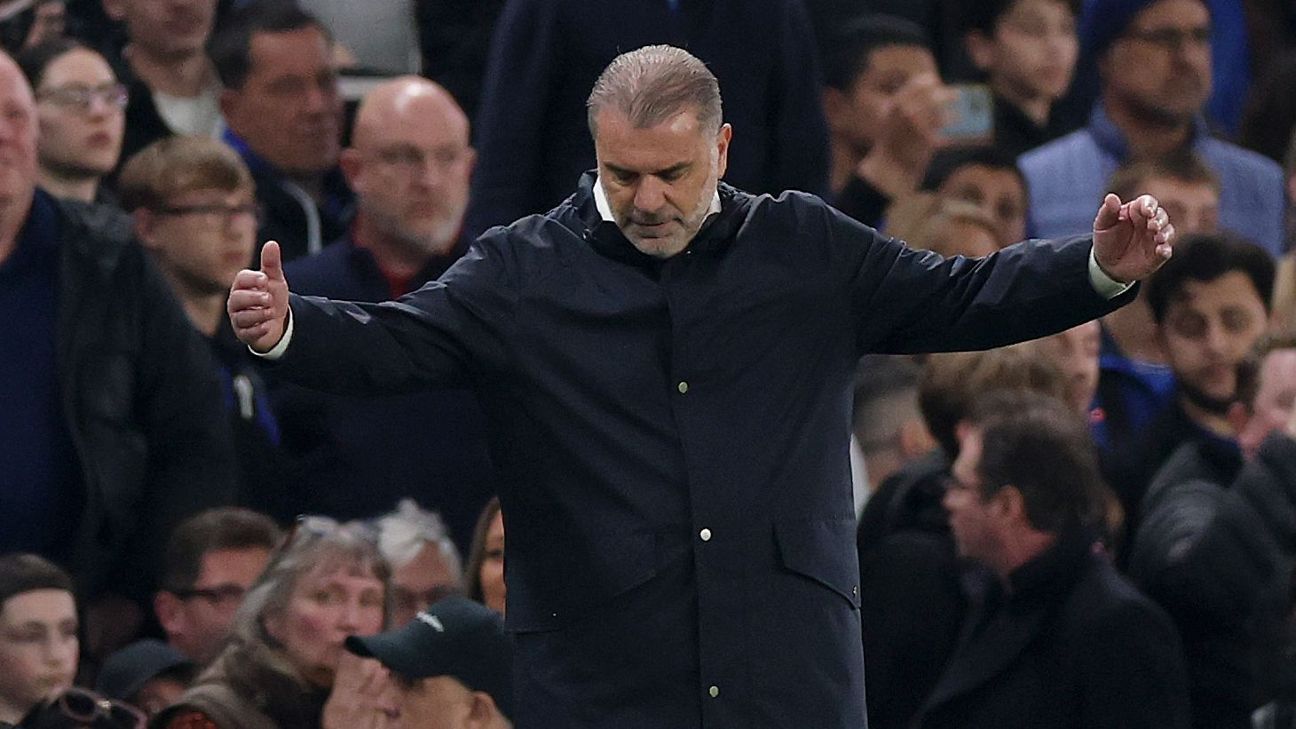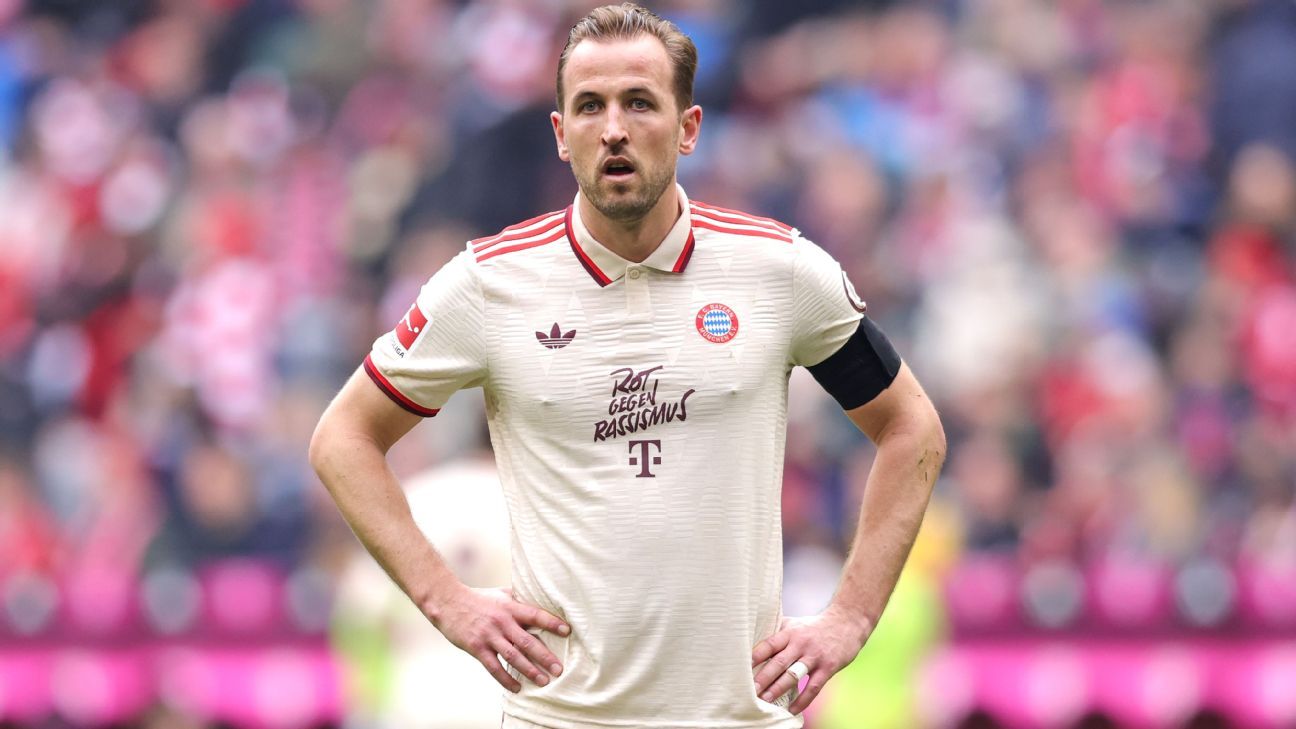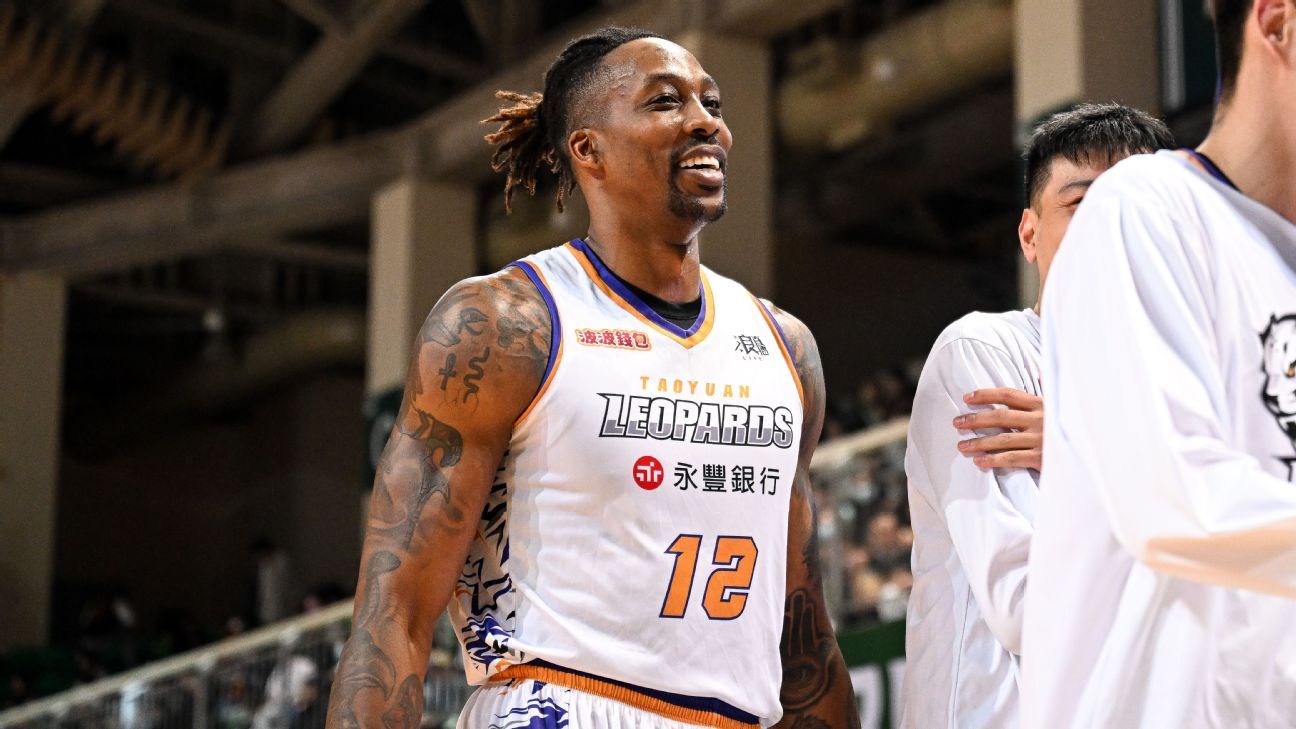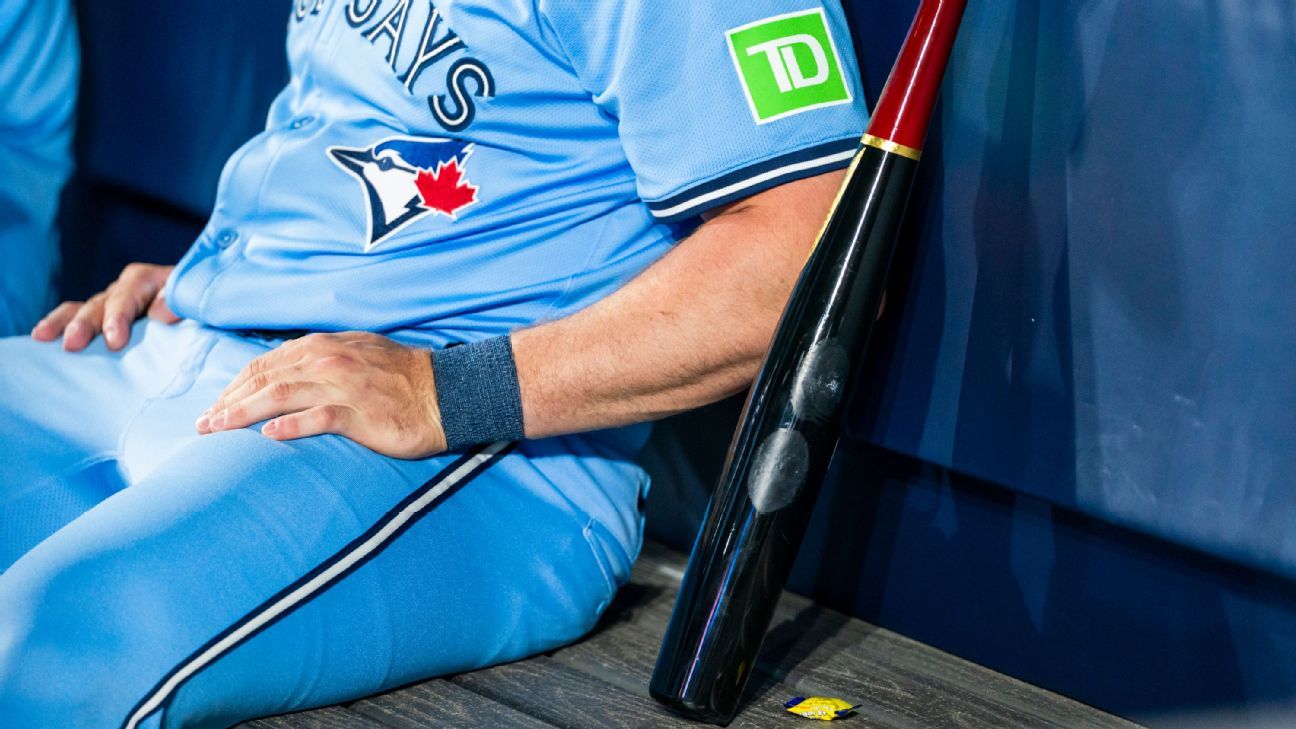
When Daniel Carcillo debuted in the NHL back in 2006-07, the clichés were still intact. The fourth-line goons patrolling the ice for a few minutes per game. The ridiculous and reductive staged brawls for the coliseum crowds. All of those dusty "I went to a fight, and a hockey game broke out!" jokes were still grounded in reality: 384 games featured at least one fighting major that season, or 31.2% of all games.
That NHL doesn't exist anymore when it comes to fisticuffs. In the 2018-19 season, the NHL had fewer than 200 games with a fighting major, marking the first time in the modern era that the total dipped that low. Today, the fourth-liners are cost-efficient skill players instead of goons, and staged fights are a rarity without those pugilists on the rosters.
In just more than a decade, the league that saw Carcillo amass 324 penalty minutes with 19 regular-season fights as a rookie has seen an incremental decline in fighting in every full season of the past 10. Many are saying there's no going back.
"I believe this is the new normal," said Carcillo, who had 103 career bouts and is now a leading voice for player health awareness, "and I think the game is better off without fighting, no doubt."
The final fighting tallies for the 2018-19 season were new lows across the board for the NHL in the nearly two decades of stats compiled by HockeyFights.com (with the 2018-19 season's numbers tabulated by ESPN Stats & Information). Given that the NHL didn't exactly have a pacifist streak before 2000, it's safe to assume we're seeing fighting at its nadir:
In 1,271 regular-season games in 2018-19, there were 224 fights in which at least one player received a fighting major. That's down from 280 fights in 2017-18. The number of fights in a full season has dropped every season since 2008-09, when there were 734 fights. In 2001-02, that number was 803. From the 2000-01 season to 2009-10, the NHL averaged 669 fights per season.
The rate for 2018-19 was 0.18 fights per game, which marks the first time that the average fights per game has dropped below 0.20. From 2000-01 to 2009-10, there were seven seasons in which the NHL had a fights-per-game average of more than 0.50.
As stated earlier, this was the first time that the NHL had fewer than 200 games with a fighting major. From 2008 to '12, the NHL averaged 471 games with a fighting major per season.
In 2018-19, 15.3% of regular-season games had a fight. In 2008-09, that number was 41.4%.
Does it seem like we're seeing fewer brawl-filled games than ever? That perception is reality: Just 24 games last season had more than one fight. That's down from 41 games in 2017-18, which had been the previous low for the past two decades, at a minimum.
Finally, 245 players engaged in a fight during the 2018-19 season. That's down from 265 players in 2017-18. This number has been declining since a recent peak of 348 players in 2010-11, which matched the totals from the fight-happy days of 2001-02.
Matthew Barnaby was one of those brawlers back in the early aughts. From 1999 to 2002, Barnaby had 59 fights while playing for the Pittsburgh Penguins and Tampa Bay Lightning.
Like Carcillo, he doesn't think fighting is ever going to boomerang back into the zeitgeist for the NHL.
"No, I don't ever see it reversing," said Barnaby, who retired in 2007 and is now a cohost of The Instigators on WGR in Buffalo. "It's the way teams are being built. And having coached junior, it's not a part of that culture anymore, with all the rules in place."
Barnaby is correct that there's a confluence of factors at play. The NHL has changed dramatically since the 2005 lockout, as rule changes pushed the game into an offensive era with an emphasis on skill and skating, pushing out less skilled (and perhaps more fight-inclined) players.
"Assuming the cap system remains intact and the league retains something like the current rules scheme -- one that tends to foster a faster brand of hockey -- I am fairly confident that fighting will have a relatively marginalized existence in the game long into the future," said Stu Grimson, one of the most feared brawlers of his era (1988-2002) who is now an NHL Network analyst.
"Roster space is precious today. Managers are seeing the value of having an effective bottom six. So as managers attempt to populate the deeper parts of their rosters with players who can contribute in meaningful ways, they are probably acquiring players who may not have that [fighting] element in their skill set."
Meanwhile, lower leagues have instituted rules to discourage fighting. The Ontario Hockey League famously followed its "10-fight rule" -- in which a player could be suspended for fights above that threshold -- by dropping that bar to three fights, with incremental increases on the suspensions. Fights dropped by 48% in the OHL in 2016-17, the season following that change.
"The purpose of that was to eliminate the serial fighter, that one-dimensional player. An unexpected byproduct of the rule was a significant decrease in the overall fighting in our league," OHL vice president Ted Baker said at the time.
All of this is happening in an era of unprecedented awareness of player safety and health concerns, specifically when it comes to concussions, CTE and the effects of a physical and injurious game on a player's life well after retirement. Although there have been skeptics about fighting's link to the concussion epidemic -- NHL commissioner Gary Bettman wrote in a 2016 letter to the Committee on Energy and Commerce that "only two percent of video-analyzed concussions resulted from fighting" in the previous season -- Chris Nowinski of the Concussion Legacy Foundation sees the downward trend as being tied to that awareness.
"As the hockey community continues to appreciate that head impacts can have significant long-term consequences, I would expect the number of fights to continue to decline," he told ESPN this week. "That said, if the NHL perceives a ratings decline caused by lack of fights, they may push for fighting to make a comeback."
The NHL declined comment for this story.
Nostalgia can be quite the enchantment, and Barnaby said the fist-filled days of yore still have their appeal.
"I loved the era that I played in and miss the rivalries that were formed," he said. "There were a lot of afternoon naps that were filled with sweaty palms, but the game has never been better and safer. Some fans are always going to miss the way it was, but I'll take watching unreal skill over the fights."
Carcillo agrees.
"Rivalries have less importance, and the NHL can no longer actively sell hate and violence and get away with it. I don't see this trend reversing, and it's a good thing that young men don't have to play hockey with a pre-requirement being that you may have to bare-knuckle box," he said.
Even in its diminished state, a ban on fighting is something for which many continue to advocate. "A fighting ban is still an appropriate goal," Nowinski said, "but based on the choices they have made, I suspect the NHL would prefer to continue to have the threat of fighting as a way to appeal to a subset of fans."
In concert with that entertainment value, Grimson believes there is a place for fighting in the modern game from a tactical perspective.
"I continue to believe that fighting in the following context is still one of the more exciting moments you'll witness in a game," he said. "If my team is flat or trailing in a game and I go out and get into a scrape with my counterpart on the other side, more often than not, I can turn momentum. From the players on the bench to the coach to the thousands in the stands ... that moment can be electrifying because the game will often turn. And no longer are you watching a match where one team is dominating. You usually end up with a closer, more exciting spectacle.
"We don't see that enough in today's game, in my estimation. And the two -- fast, skilled hockey and physical hockey -- are not mutually exclusive."
Yet in today's NHL, we're seeing one increase -- for only the second time since 1996, teams averaged more than 3.00 goals per game in 2018-19 -- while the other continues its decade-long slide into historic lows.















 Phone: (800) 737. 6040
Phone: (800) 737. 6040 Fax: (800) 825 5558
Fax: (800) 825 5558 Website:
Website:  Email:
Email: 






